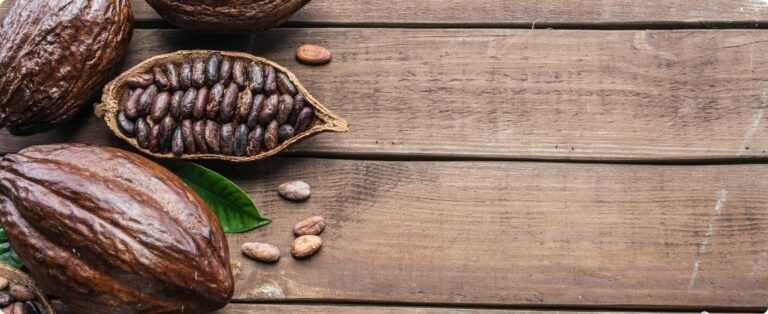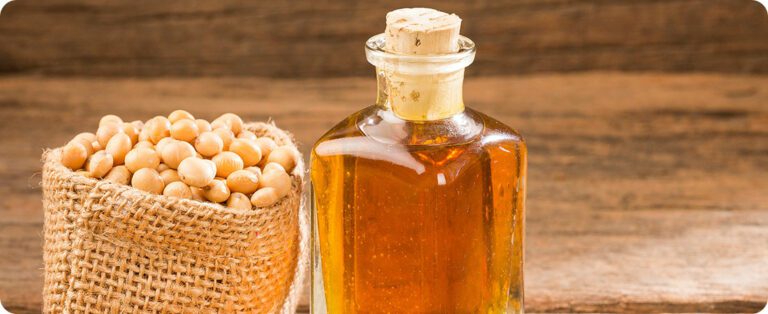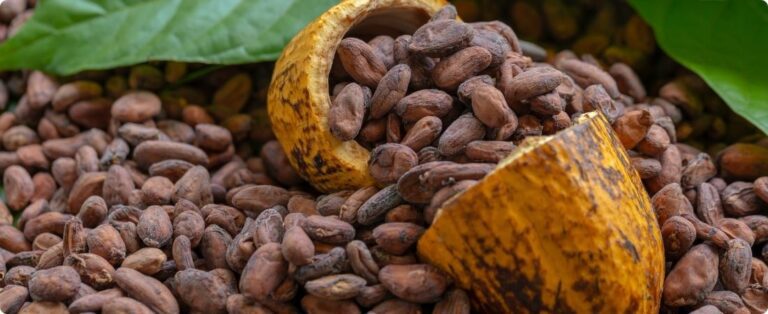Cocoa producers from different regions of the country seek training to increase productivity using technology developed by the Executive Committee of the Cocoa Farming Plan (CEPLAC). The objective of cocoa farmers is to achieve production of 500 arrobas of cocoa per hectare.
The average is established by the 500@ Program – High Productivity Cocoa Technology, developed based on technologies generated by the Cocoa Research Center-CEPEC and taken to the cocoa producer by technicians from the CEPLAC Extension Center-CENEX. The technology transfer methodology is carried out through the formation of groups of producers in the municipalities of southern Bahia, who practice the teachings on their farms and gradually increase their cocoa production.
The results achieved in the project were presented at the seminar Technology for High Productivity Cocoa, held last Tuesday (20), at the Cocoa Research Center (CEPEC) at CEPLAC Regional Headquarters in Bahia. Participation in the event exceeded the organizers' expectations. Initially planned for 300 participants, the event registered 764 cocoa producers from 36 municipalities in the cocoa region of Bahia, in addition to caravan participants from other states, such as Pará and Espírito Santo.
The lectures presented were divided into four major themes: New Technological Knowledge for High Productivity Cocoa, Collective Technical Assistance, Applied Technology for High Productivity Cocoa and Protagonism of Rural Producers. At the event, four producers participating in the Cacau 500@ program presented the results obtained and the evolution of productivity.
Results
Producer Marcos Melo, from Fazenda Rio Doce, in the municipality of Canavieiras, is one of the participants who managed to significantly increase productivity. At the seminar, he showed how he surpassed the mark of 500 arrobas of cocoa per hectare, with technology from CEPLAC. Producer José Carlos Maltez, from Fazenda Limoeiro, also a participant in CEPLAC's high productivity program, showed production data above 200 arrobas per hectare obtained in the Cabruca system, cocoa planted under forest, with preservation of water sources, fauna and flora .
Producers Paulo Gleig and young cocoa farmer Tiago Machado also presented data on increased productivity on their farms, who has also broken the barrier of 200 arrobas of cocoa per hectare and continues to advance towards 500 arrobas per hectare.
One of the lectures that attracted a lot of attention from the participants was about new cocoa pollination technologies, especially pollination carried out by an efficient blowing machine, adapted by CEPLAC researcher, Kazuiyuki Nakayama, to replace manual pollination work.
In the debates, other producers revealed their interest in getting involved in the Cacau 500@ program. The audience, made up mostly of young people, men and women, children and grandchildren of producers, also showed interest in entering the cocoa production activity, with the desire to seek out CEPLAC to carry out their cultivation projects, participate in the high productivity and ensure monitoring of technical assistance and rural extension from the Ministry of Agriculture.
Another concern revealed by producers was regarding the safety of their investments in cocoa farming in relation to the threat of moniliasis disease entering Brazil, with high destructive power for the crop, and what is being done both preventively and genetically.
CEPLAC technicians reported that the institution has been studying the obtaining of resistant clones for more than five years, collaborating with countries researching the disease and that preventive work is carried out by MAPA and the governments of the states where cocoa is grown. They were informed that agreements are being made with research institutions in Ecuador and Peru to test selected Brazilian materials for resistance to the disease in areas infested with moniliasis in these countries.
The event organizers were very pleased with the response given to the event by producers, they will distribute videos with the content of the lectures and will program new seminars with themes that arouse interest and meet the needs of cocoa producers.
Source: agrolink















